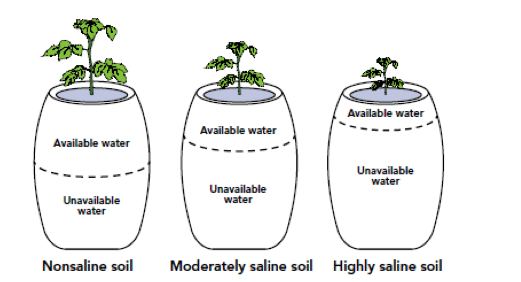Mar 6, 2018Test your water during National Groundwater Awareness Week

National Groundwater Awareness Week, March 11-17, is a good time to test your well water.
It’s recommended that private drinking water wells be tested at least once per year, but some sources need to be tested even more frequently.
“Surface water sources or shallow wells should be tested more often, especially if you’re using this water for drinking water,” says Kevin Klink, Senior Manager, Laboratory Operations for AgSource Laboratories. “There’s a greater risk of contamination with surface water.”
Who Should Test?
Homeowners and private well owners should test annually, but agricultural operations using irrigation water should really consider taking samples as well. Measuring the salt and mineral content of your irrigation water could prevent problems and can help offer clues on how to fix issues you may be having.
“If you have poor water, treating it as you use it, rather than letting salt build up to the point it harms soil and plants, will be a great benefit in the long run,” said Klink.
The quality of irrigation water directly impacts crops by affecting salinity of the soil (salt accumulation), soil pH and water infiltration rates.
When to Test
While annual testing is best, don’t hesitate to test again if water quality should change, such as a difference in color, smell or taste of the water.
Where to Test
When collecting a sample from the irrigation system, let the water run for two to three minutes before collecting the sample. This will purge static water from the system.
If several separate irrigation wells are being used, sample each well separately and identify each sample’s source. This will qualify the water specifically from each well. This is important if pumping into a holding pond.
When sampling from a pond, collect water from the pumping station, if possible. Remember to let the pumping station water run for two to three minutes before collecting the sample. Do not collect the water from the side of the irrigation pond. Sediment will act as a contaminant.
What to Test
A basic annual drinking water test package usually includes two items: coliform and nitrate. For irrigation suitability testing, the package includes pH, conductivity, carbonate and bicarbonate, nitrate, chloride and Sodium Absorption Ratio (SAR), as well as micronutrients and macronutrients.
“The most important factors to test are pH, conductivity, carbonate, nitrate, chloride and Sodium Absorption Ratio (SAR),” notes Klink.
For more specific questions about mineral content or contamination, other analyses for hardness, iron, copper or lead and arsenic can be added to any testing package.
Sampling Reminders
Ensuring a quality test result always starts with a properly collected representative sample. Here are a few tips for sampling and submitting a water sample to the lab:
- Use a new, clean plastic container. Rinse the bottle (including the lid) several times with the water to be tested. Do not touch the inside of the bottle or lid.
- DO NOT use glass containers.
- Fill the bottle completely and eliminate all headspace when capping the bottle. Be sure the lid is tight so that the sample does not leak during transit. The laboratory needs at least 125 ml (about 4 ounces) of water for the analyses.
- If possible, collect and ship the samples on the same day. Cool the samples in a refrigerator if overnight storage is necessary.
- Clearly identify each sample bottle and complete the submission form before shipping.

















